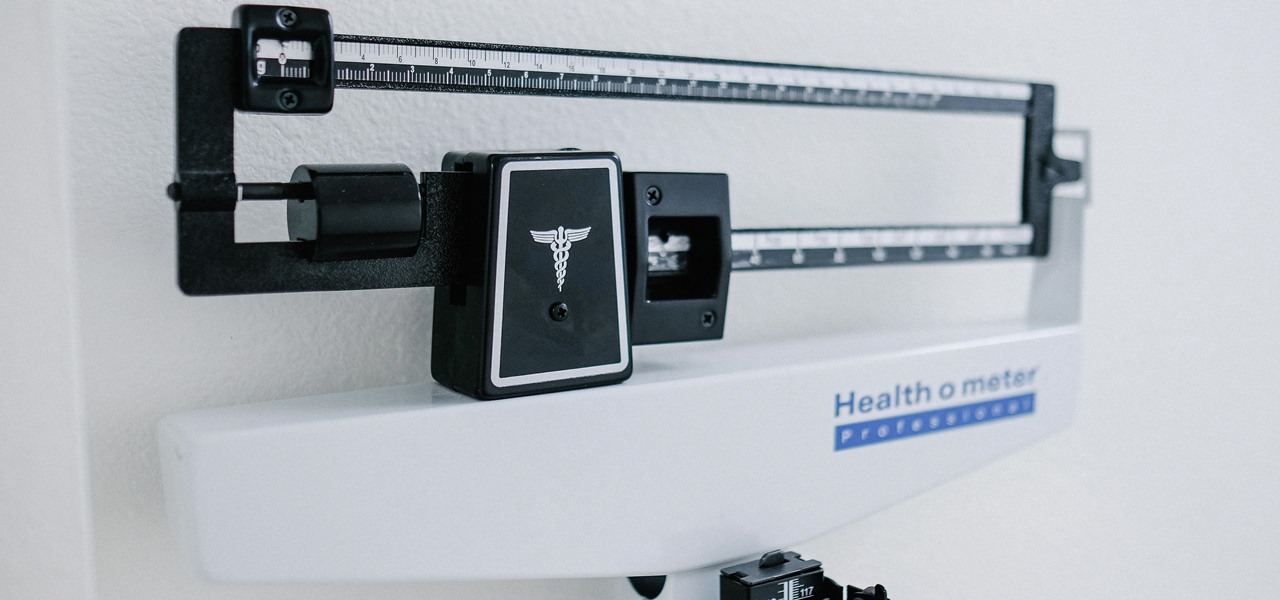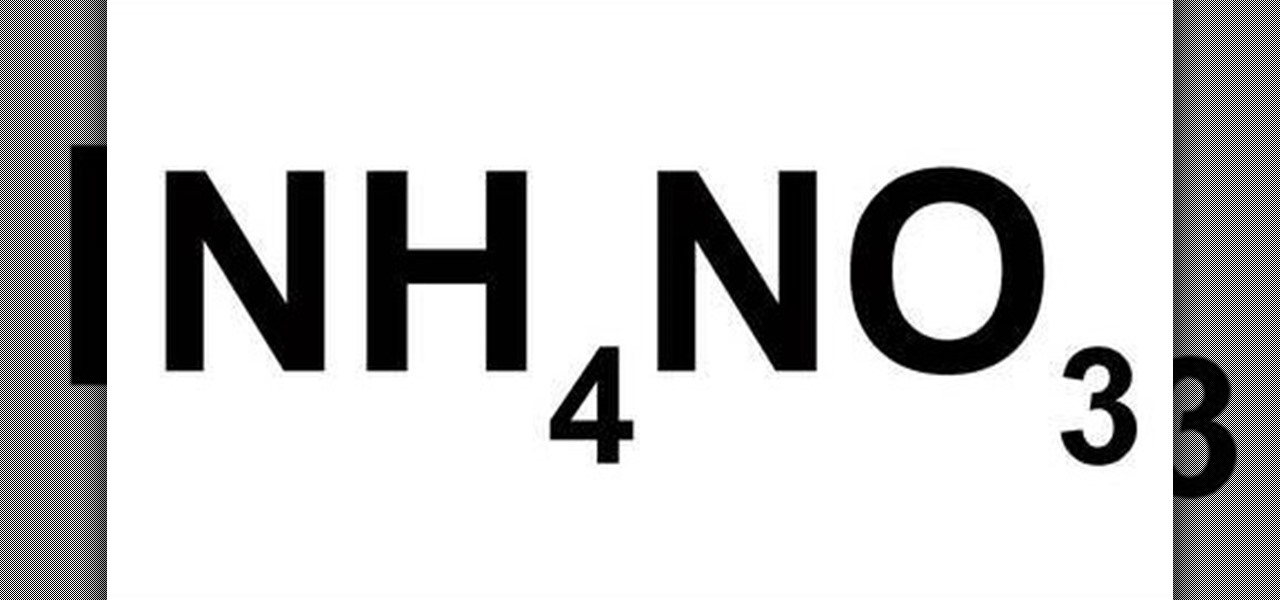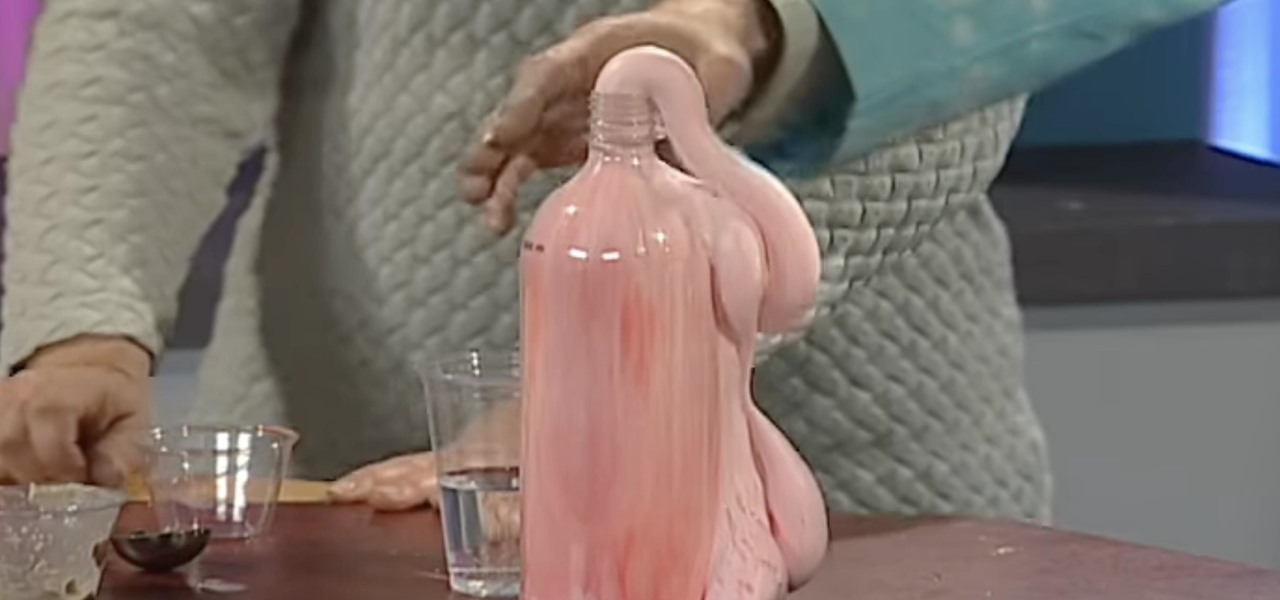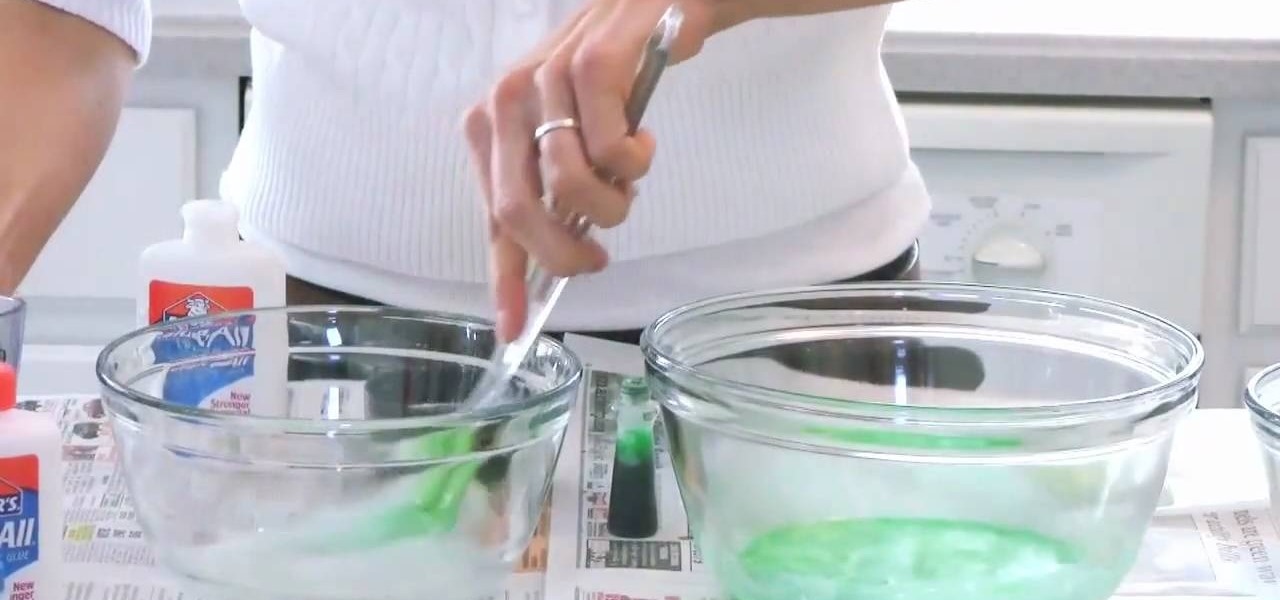Hot Science Experiments How-Tos

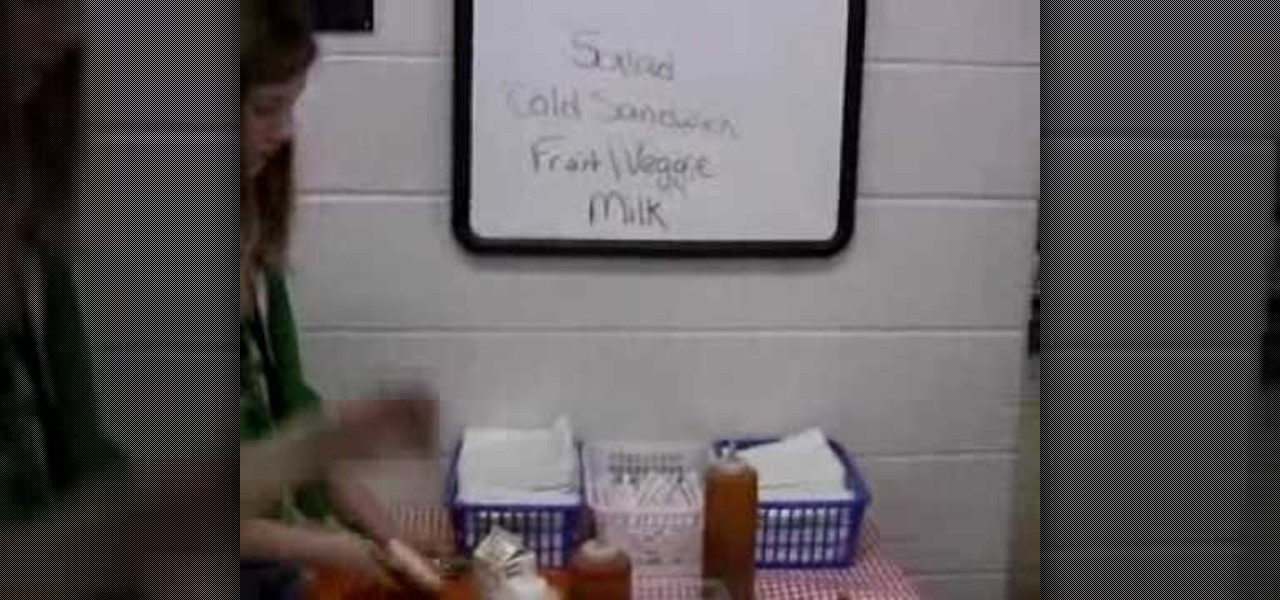
How To: Make a cartesian diver
In this two-part science tutorial, learn how to make a cartesian diver, easily & inexpensively. A Cartesian diver, sometimes known as a Cartesian devil is a classic science experiment, named for René Descartes, which demonstrates the principle of buoyancy (Archimedes’ principle) and the ideal gas law.
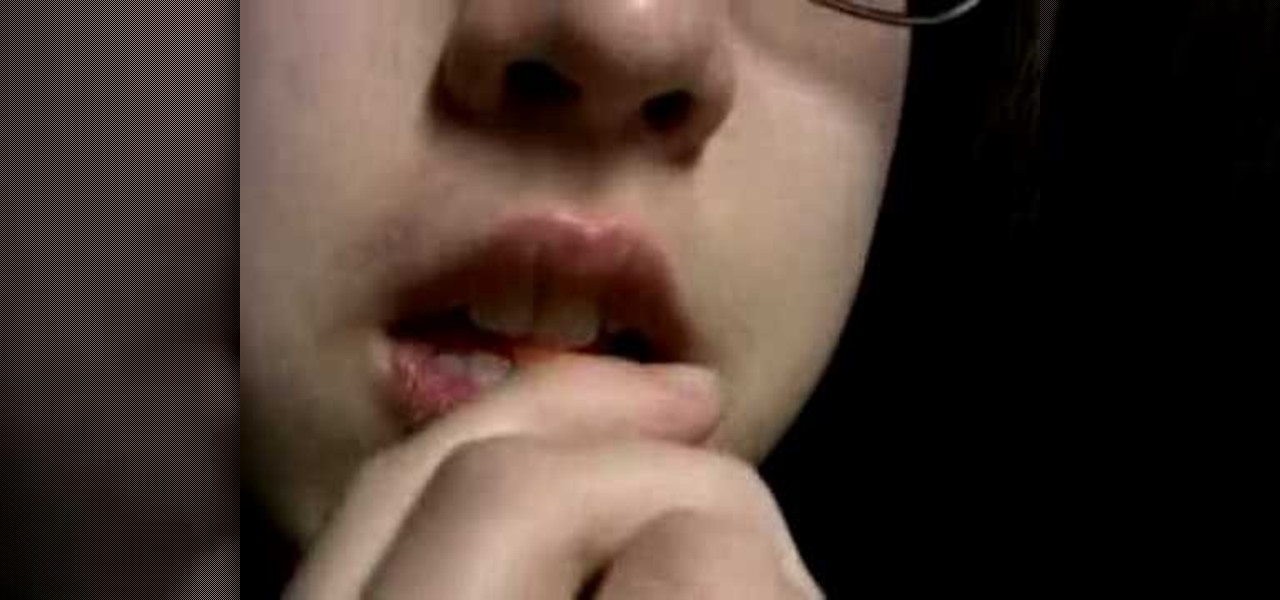
How To: Build a reed instrument from a drinking straw
In this two-part science tutorial, learn how to make a DIY reed instrument! By cutting the end of a drinking straw you can make a musical reed instrument that you can actually play a tune on. Within these videos, you will also gain some insite into the science of sound and music.

How To: Build and make an erupting volcano model at home
Hmm... wondering what to do with a lazy Sunday afternoon? Why not build a volcano that can erupt? Have fun and make a mess, all in the name of science!

How To: Understand time travel
Has time travel always sparked your interest? Are you weirded out by wormholes? Flummoxed by your flux capacitor? Strap yourself in for this time-travel primer.

How To: Make sulfuric acid - electrochemically
You already know how to make sulfuric acid with the metabisulfite and oxidizer method and you saw how to make copper sulfate from copper and sulfuric acid, so now try making sulfuric acid with these two in mind… with sulfuric acid by electrolysis of copper using an inert anode.

How To: Make ice cream in under a minute with liquid nitrogen
Systm is the Do-It-Yourself show designed for the common geek who wants to quickly and easily learn how to dive into the latest and hottest tech projects. In this episode, you'll learn how to make ice cream in udder a minute, using the wonders of liquid nitrogen. (You will also learn how to do this safely, so you don't risk giving your fingers a case of instant frostbite.)
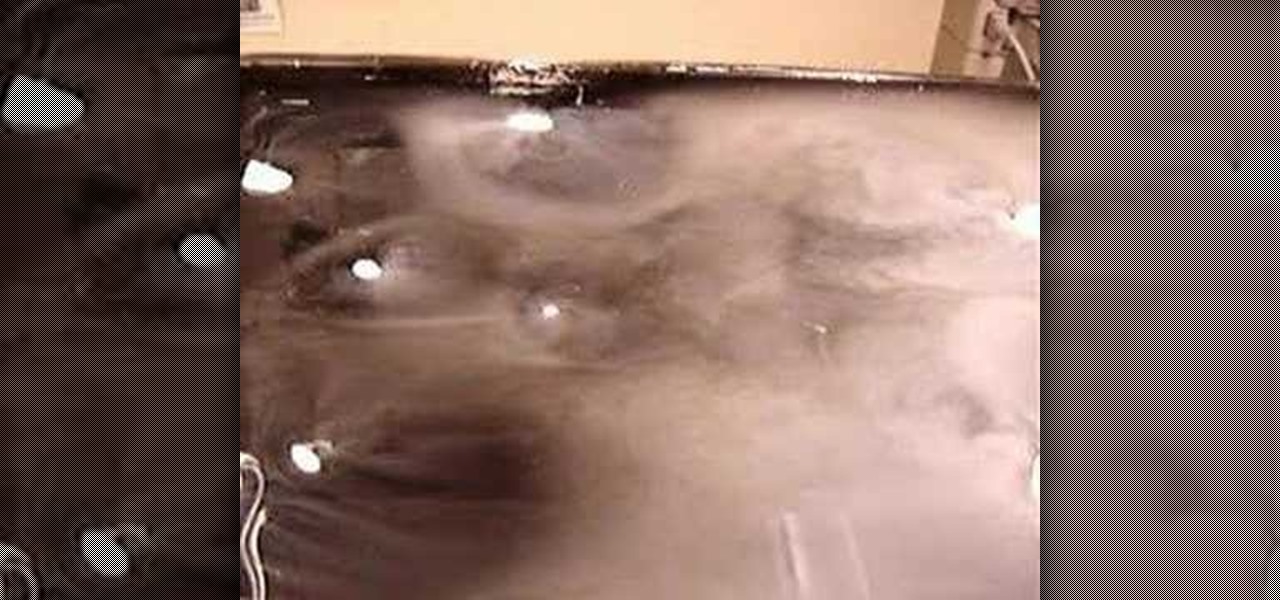
How To: Make high voltage "air threads" with dry ice and water
In this video tutorial, you'll learn how to create a very weird effect using a thin layer of fog made with warm water and dry ice. As the demonstrator moves his hands over the fog, he is able to scribble eerie lines through it. Even if you don't plan to try this yourself, the video is definitely worth a look.

How To: Build a Winogradsky Column
The Winogradsky column, invented by Sergei Winogradsky, is a device for culturing a large diversity of microorganisms. Pond mud and water are mixed into a column using carbon sources like newspapers and sulfur sources like egg yolks. Left in the sun for a few months, the column becomes a colony rich with microorganisms, bacteria, cyanobacteria, and algae. In this video, scientist Karen Dodson shows you how to make your own.
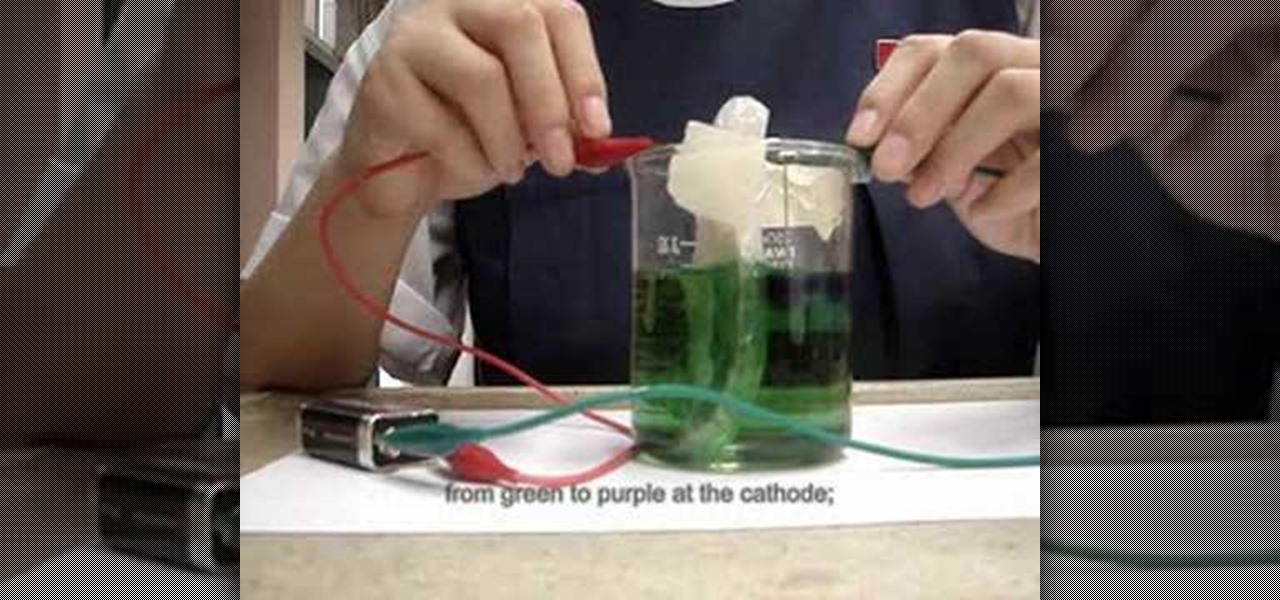
How To: Do colorful electrolysis
No, colorful electrolysis has got nothing to do with zapping the hair off of a punk rocker's head. Electrolysis of water, according to Wikipedia, is "the decomposition of water (H2O) into oxygen (O2) and hydrogen gas (H2) due to an electric current being passed through the water." In this video, you'll watch in amazement as a young scientist colorful electrolysis to transform ordinary water into a psychedelic display.
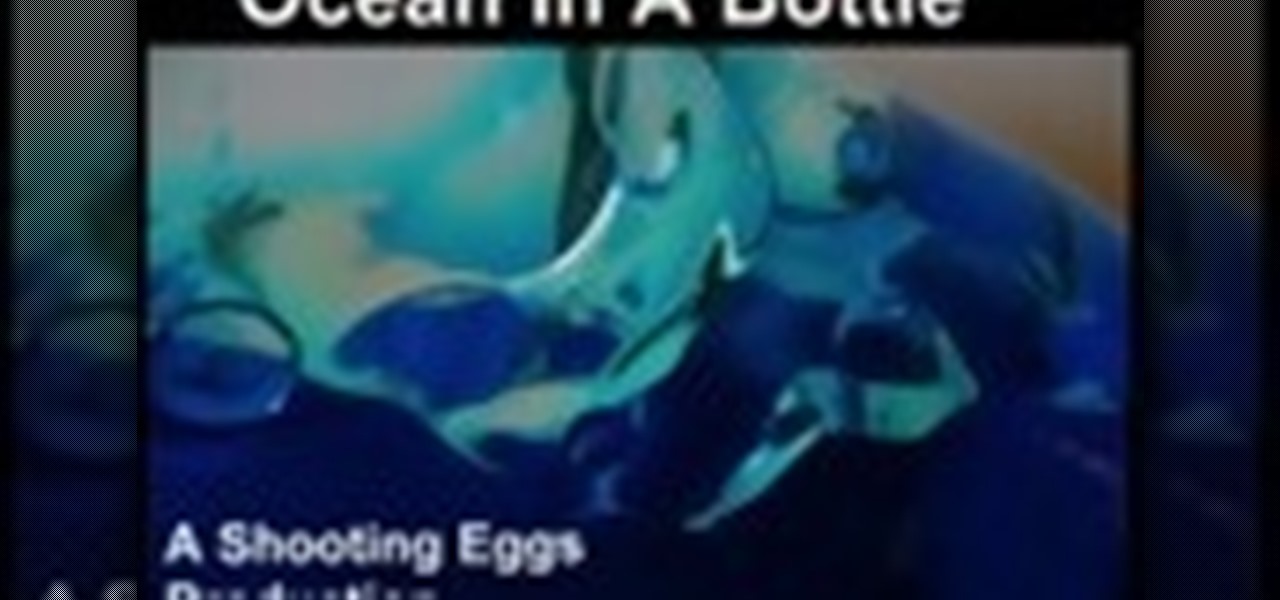
How To: Make your own ocean in a bottle
In this tutorial by Shooting Eggs, you'll learn how to create your own "ocean in a bottle". The supplies are very simple and cheap, probably stuff you've already got around the house. But the finished effect is pretty impressive.

How To: Make your own slime with polymers
You need a whole lot of disgusting green goo in a hurry. What do you do? Don't panic. This video tutorial will show you how to make buckets of your own slime easily and cheaply, using just Borax detergent and Elmer's Glue.
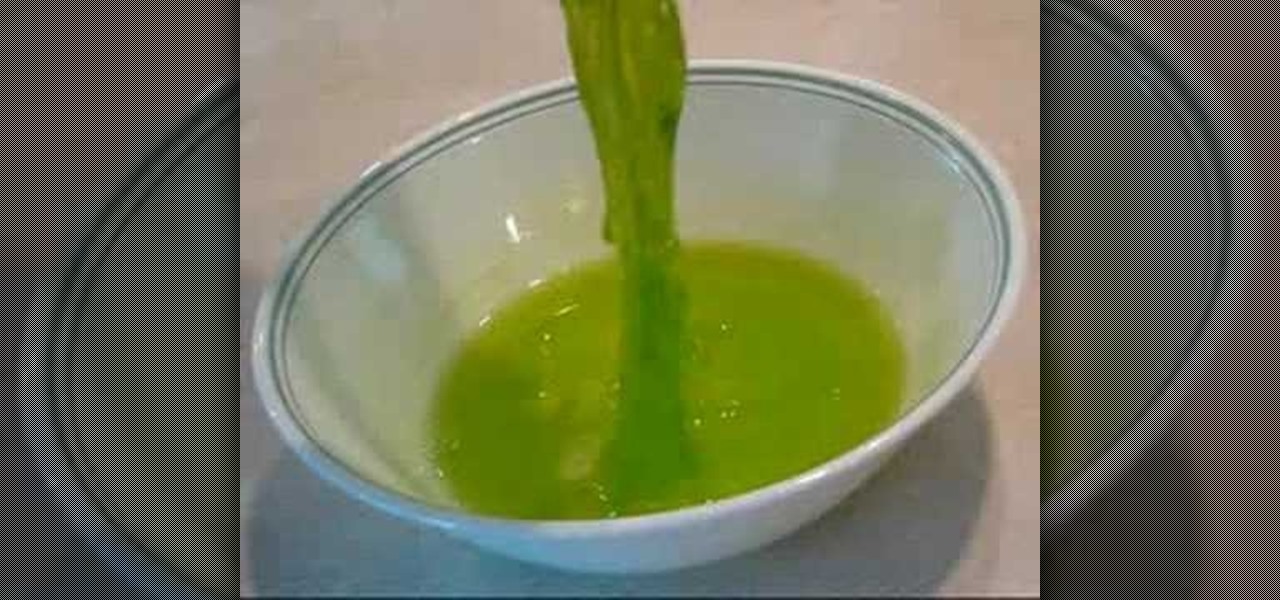
How To: Make slime for kids
Any time is the right time for slime! In this video tutorial, you'll learn how to whip up a nauseating glop of green goo. It's actually a remarkably simple process, requiring just a few basic steps and materials you probably already have around the house. So get to work, and then get sliming!
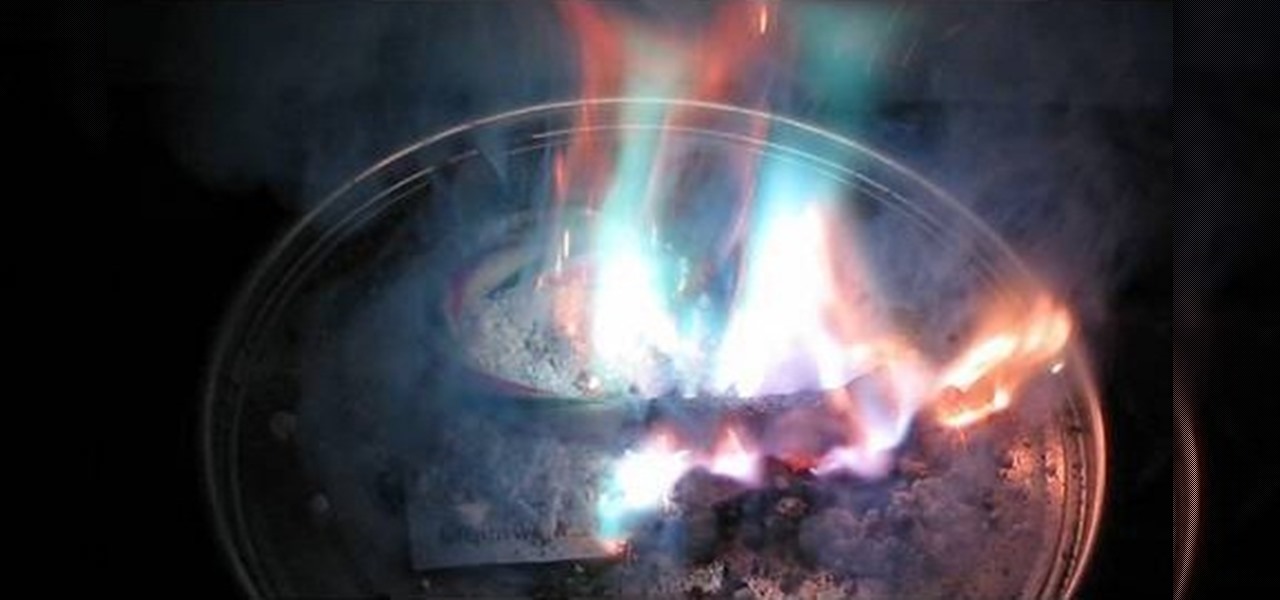
How To: Set candy canes on fire
How many times have you tried to set fire to candy canes, only to watch in sad frustration as they melt into sticky blobs. We've all been there, right?
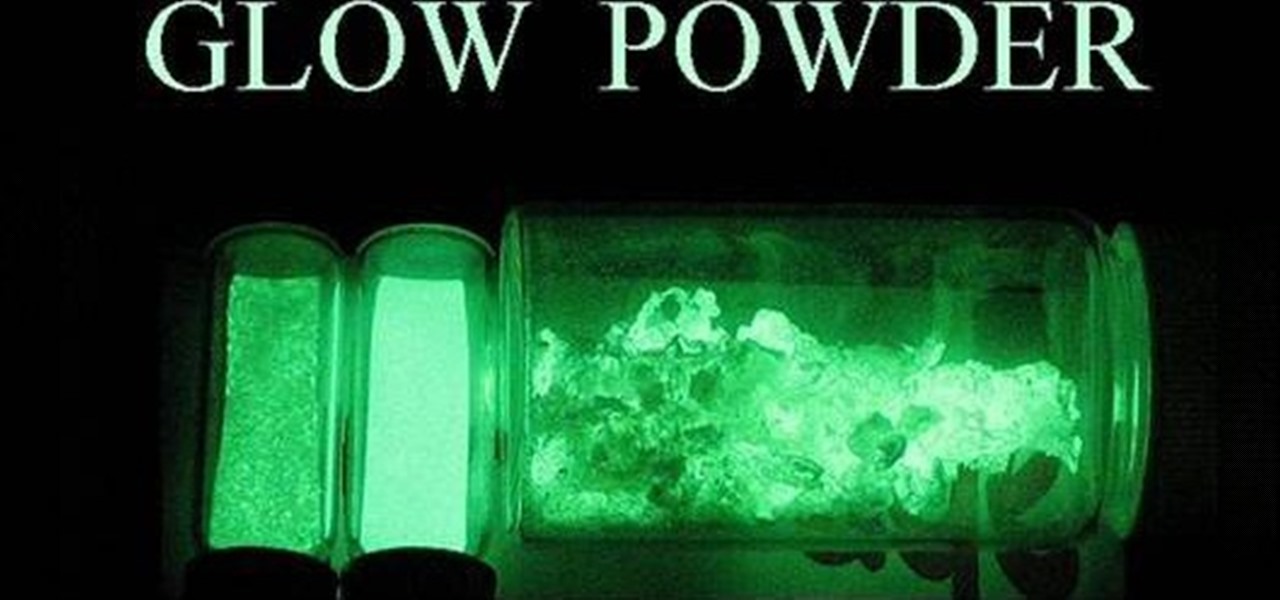
How To: Make green luminescent phosphorescent glow powder
It's a stormy winter night, and you're electricity goes out. You could grab some candles to add a little light to your life, or you could use glow-in-the-dark chemicals for a cool luminescent.
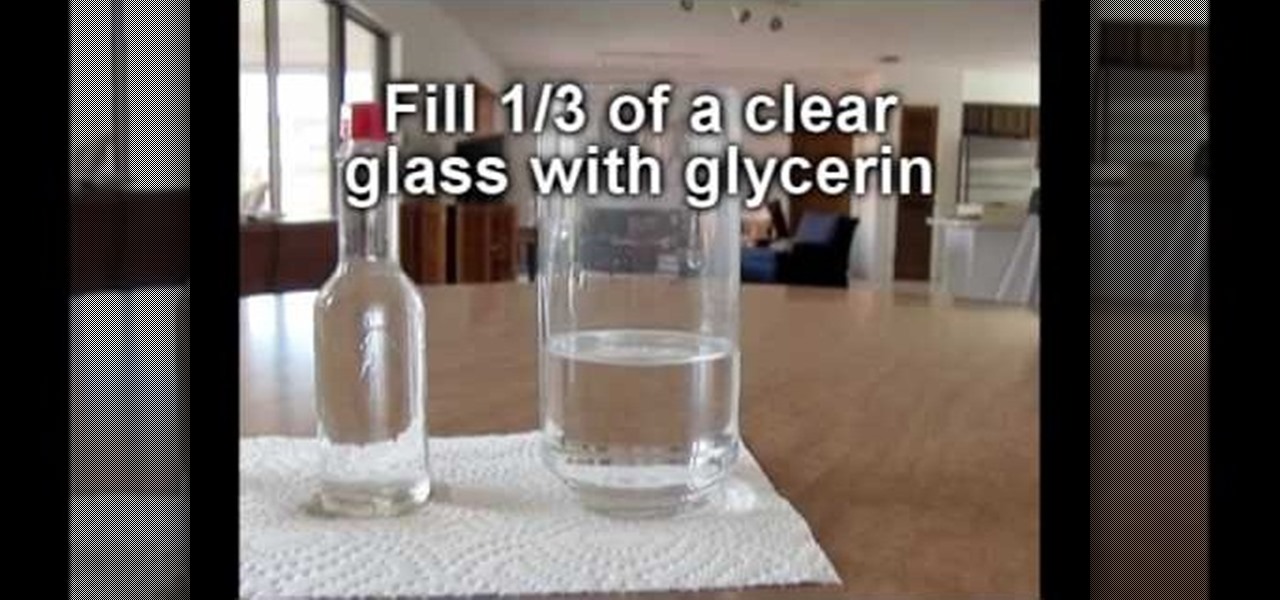
How To: Make a bottle disappear before your eyes
This simple experiment will have you rubbing your eyes in disbelief. Make a glass bottle disappear with a lot of glycerin and another glass cup. The results are pretty astonishing. This is a fun experiment to try for yourself, or show off to other people.
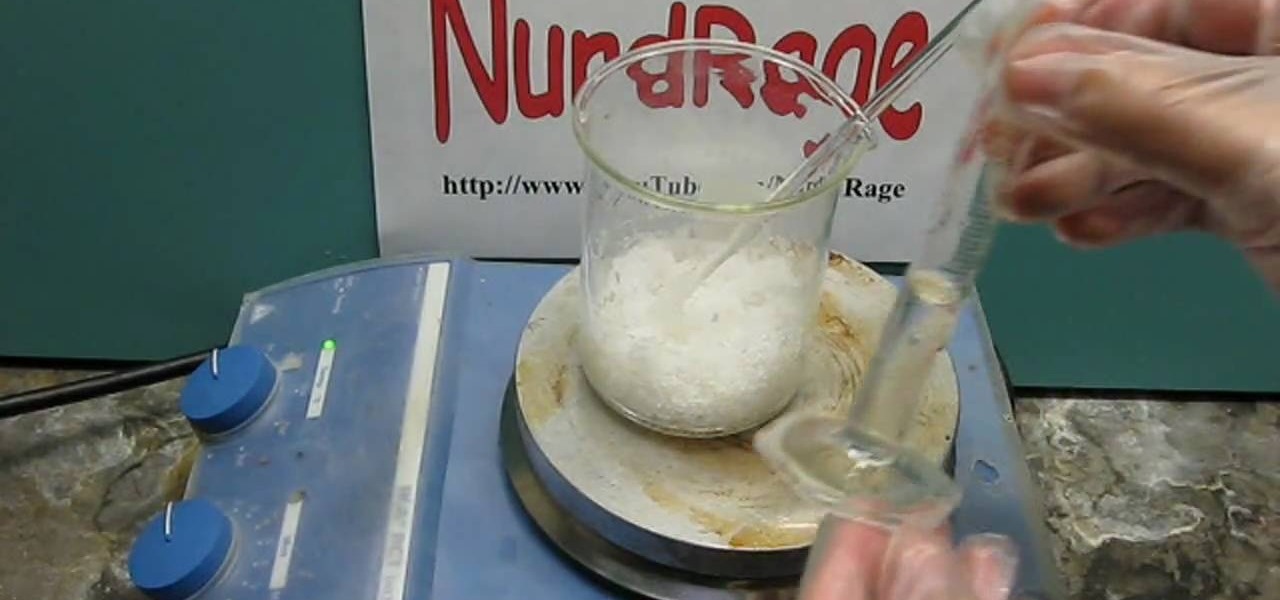
How To: Purify aluminum nitrate by recrystallization
There's a few reasons why you might want to purify chemicals by recrystallization, but the best one could be luminescence glow-in-the-dark dust.
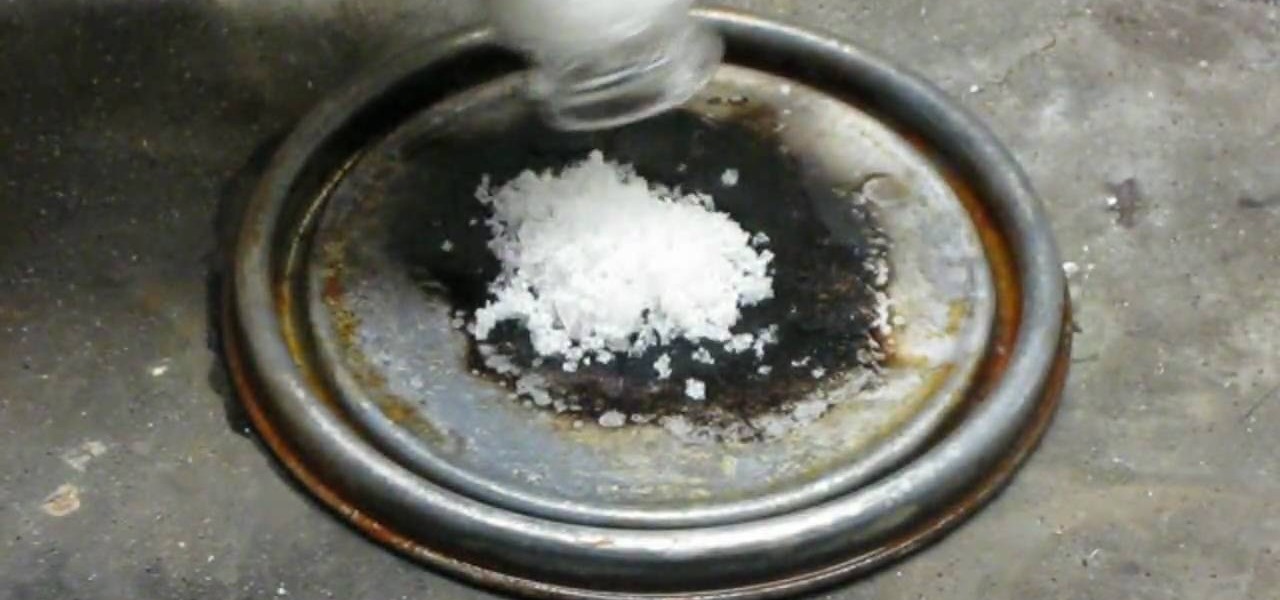
How To: Make aluminum nitrate nonahydrate
Aluminum nitrate nonahydrate is a crystalline hydrate - a salt of aluminum and nitric acid - Al(NO3)3·9H2O. It's used for a variety of things such as antiperspirants, corrosion inhibitors, and petroleum refining, or… glow-in-the-dark powder. Watch this science video tutorial from Nurd Rage on how to make aluminum nitrate nonahydrate with Dr. Lithium.
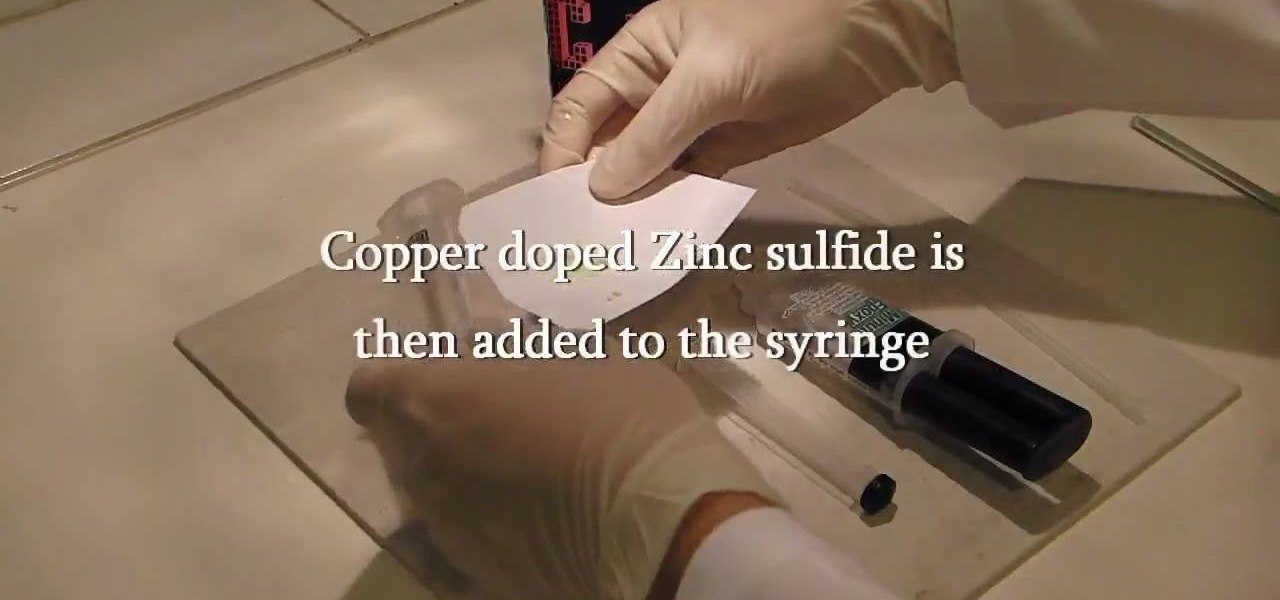
How To: Make a permanent, reusable glow stick
Make a reusable glow stick, glow-in-the-dark-style! Imagine, you'll never have to buy one of those ChemLite's again, because you can reuse this homemade glow stick over and over again. This video tutorial will show you how to make a permanent, reusable glow stick. The materials in this experiment are simple: epoxy resin, straw, and some phosphor powder.
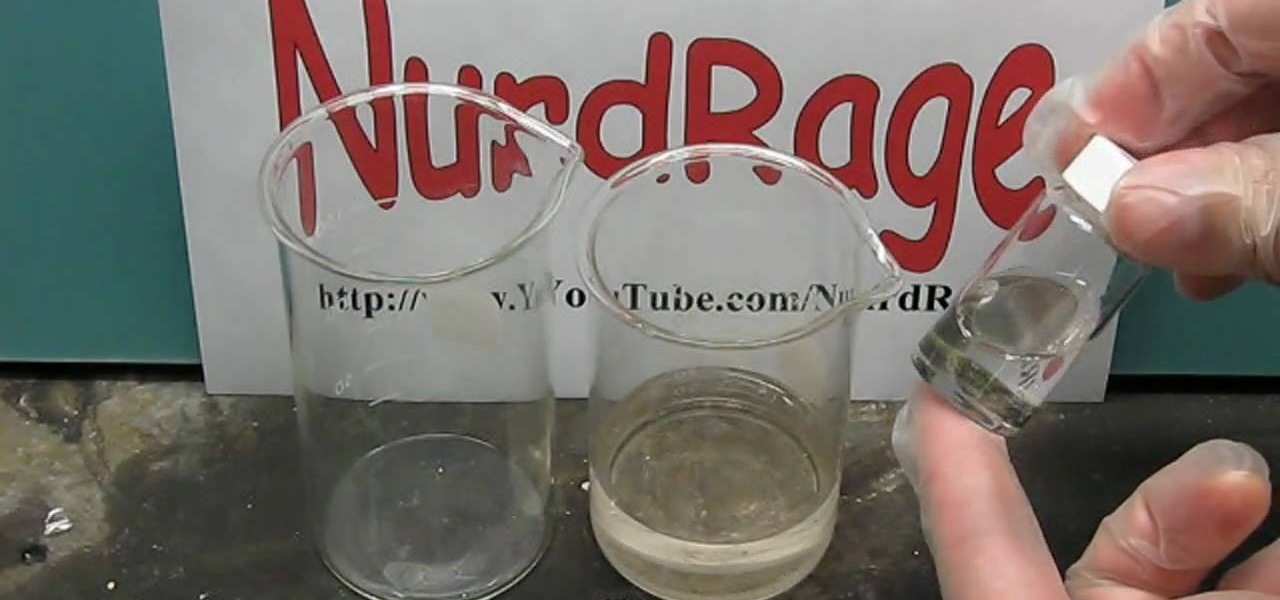
How To: Make europium and dysprosium nitrate salts
This is chemistry at its best! Europium is the chemical element (Eu) which was named after Europe. Dysprosium (Dy) is a rare earth element of a metallic silver luster. Watch this science video tutorial from Nurd Rage on how to make europium and dysprosium nitrate salts with Dr. Lithium.

How To: Grow a crystal garden
A crystal garden is something that not everyone has. Grow a crystal garden for a science project, or grow it to add a hint of magic to your own herbal or vegetable garden. Show it off to friends and family. Watch this video to learn how to grow a crystal garden for your personal use.
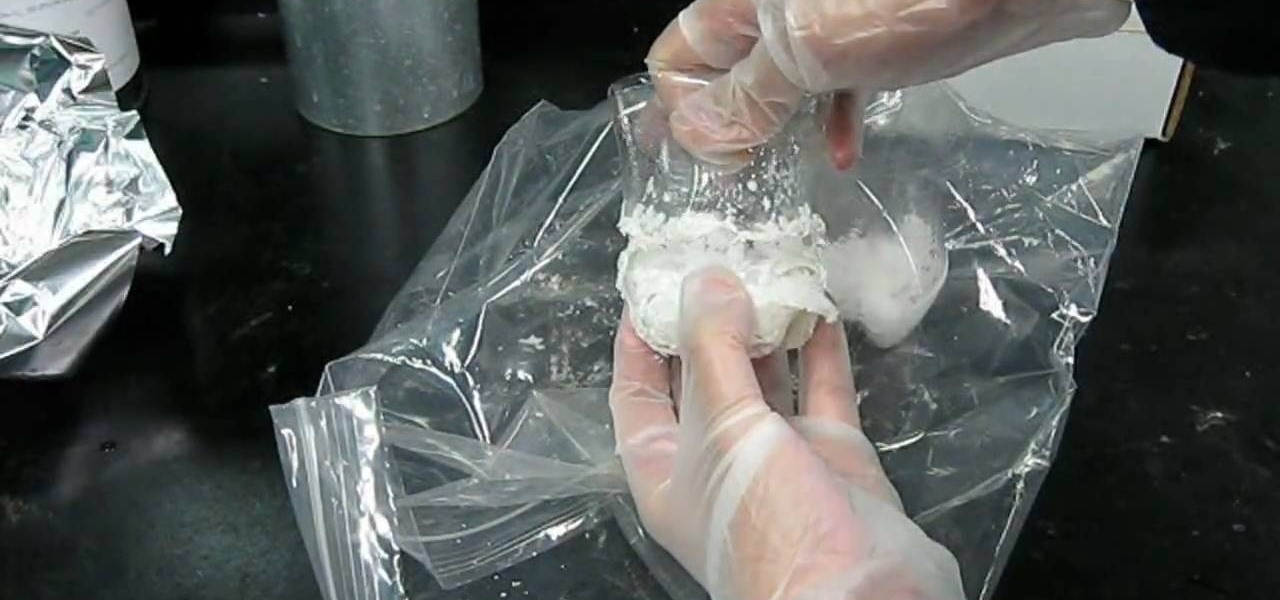
How To: Make a desiccator bag for drying chemicals
Watch this science video tutorial from Nurd Rage on how to make a desiccator bag for drying chemicals with Dr. Lithium.
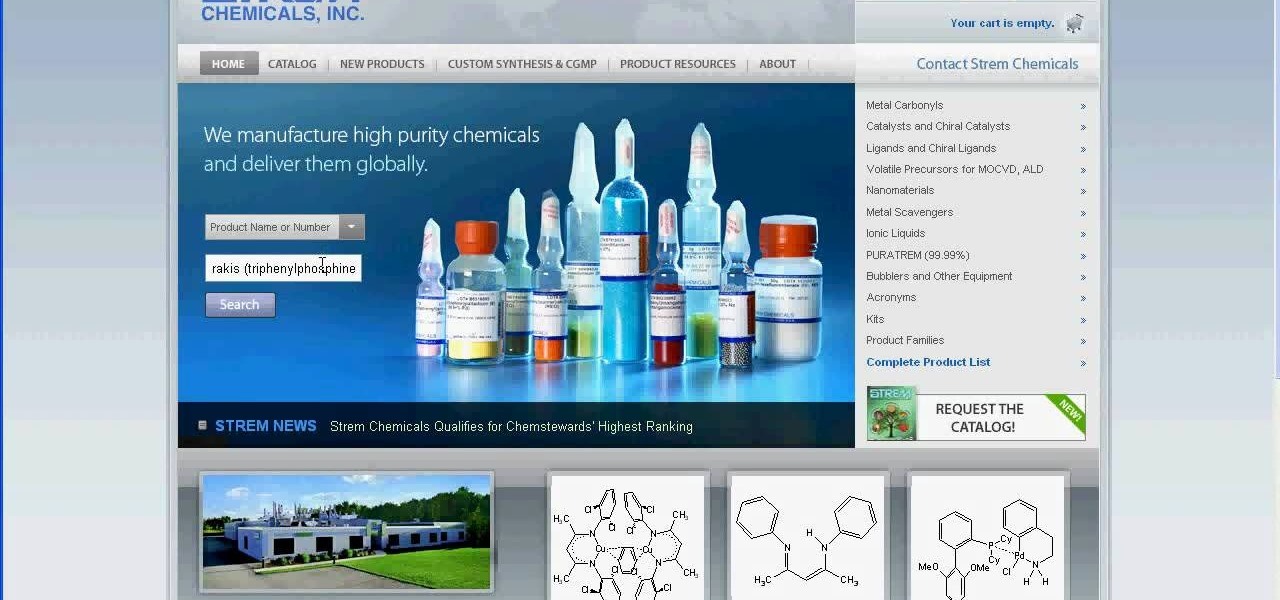
How To: Find chemicals for science experiments
Watch this science video tutorial from Nurd Rage on how to find chemicals for science experiments with Dr. Lithium.
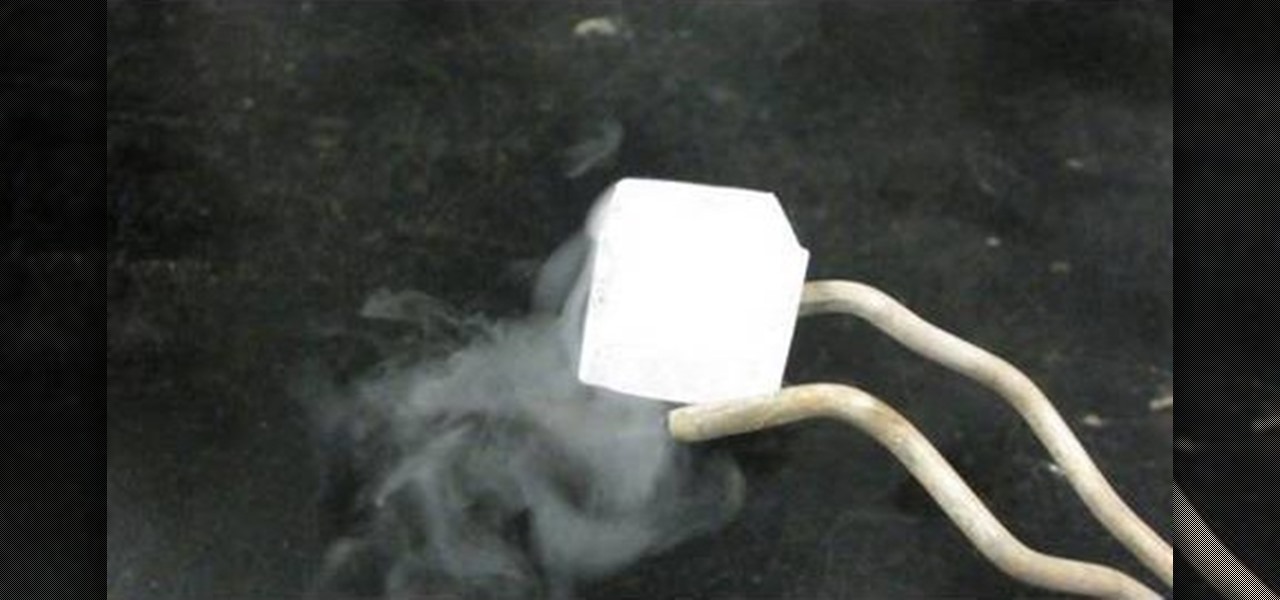
How To: Compare regular ice with liquid nitrogen-cooled ice
Watch this science video tutorial from Nurd Rage on how to compare regular ice with liquid nitrogen-cooled ice with Dr. Lithium.
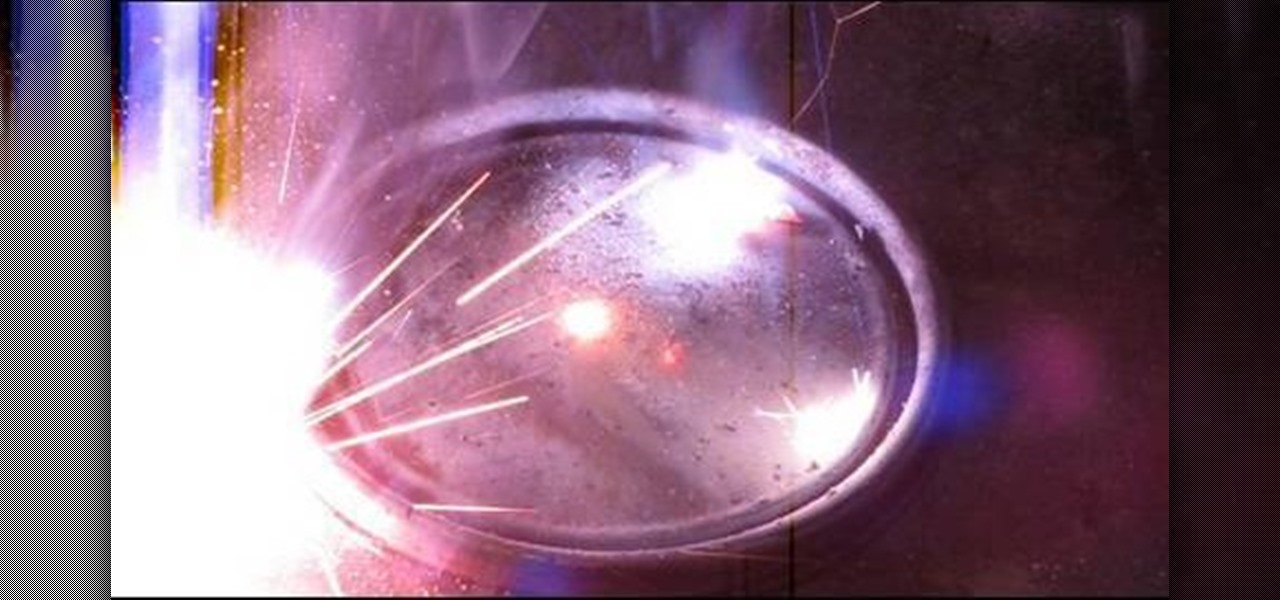
How To: Make strontium nitrate
Watch this science video tutorial from Nurd Rage on how to make strontium nitrate. They show you how to make strontium nitrate from strontium carbonate and nitric acid.
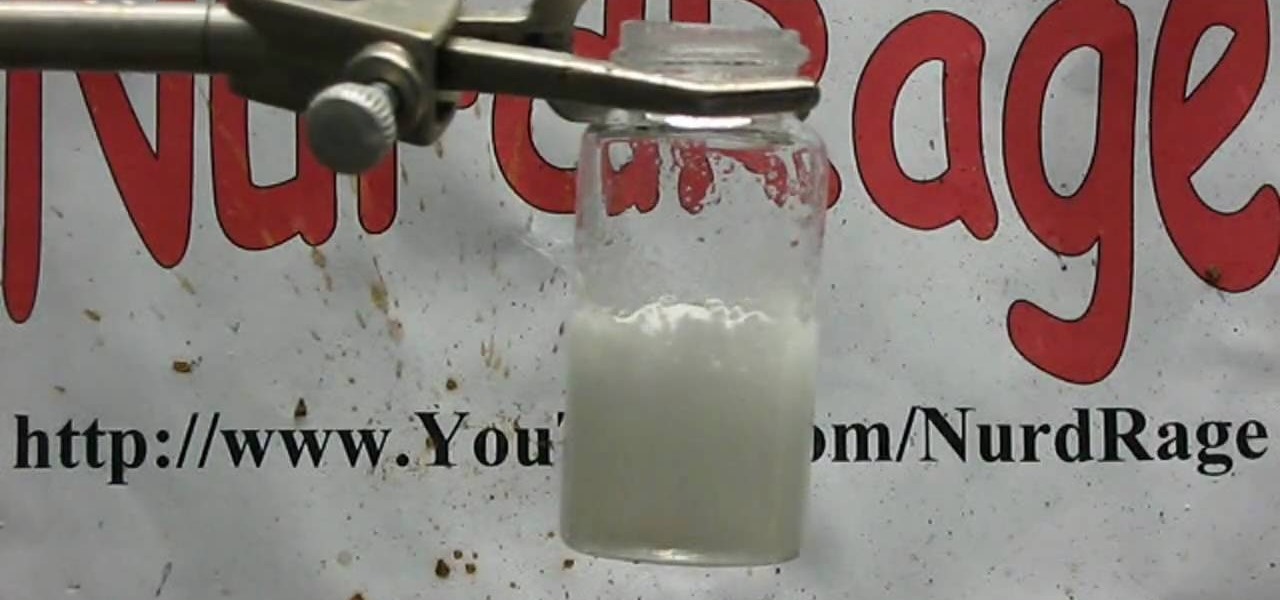
How To: Make sodium silicate from drain cleaner and gel beads
Watch this science video tutorial from Nurd Rage on how to make sodium silicate from drain cleaner and gel beads with Dr. Lithium.
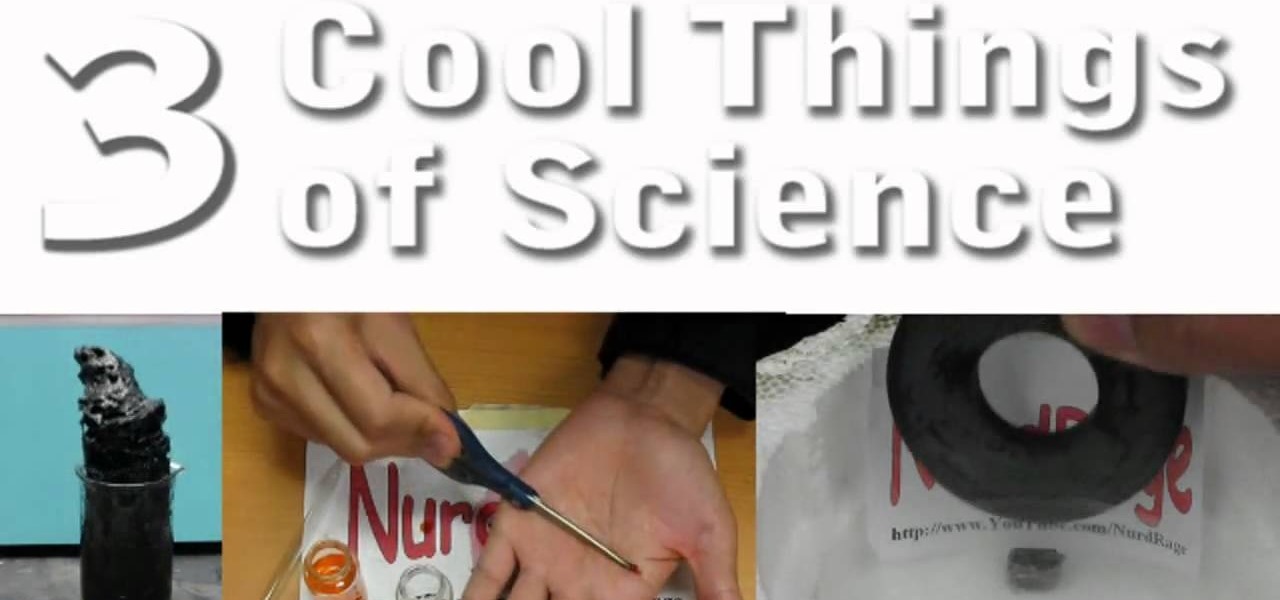
How To: Perform three cool science experiments
Watch this science video tutorial from Nurd Rage on how to perform three cool science experiments with Dr. Lithium. Follow the vid and you'll now have more than one example of an investigatory project!

How To: Lower electrical resistance with liquid nitrogen
Watch this science video tutorial from Nurd Rage on how to lower electrical resistance with liquid nitrogen with Dr. Lithium.
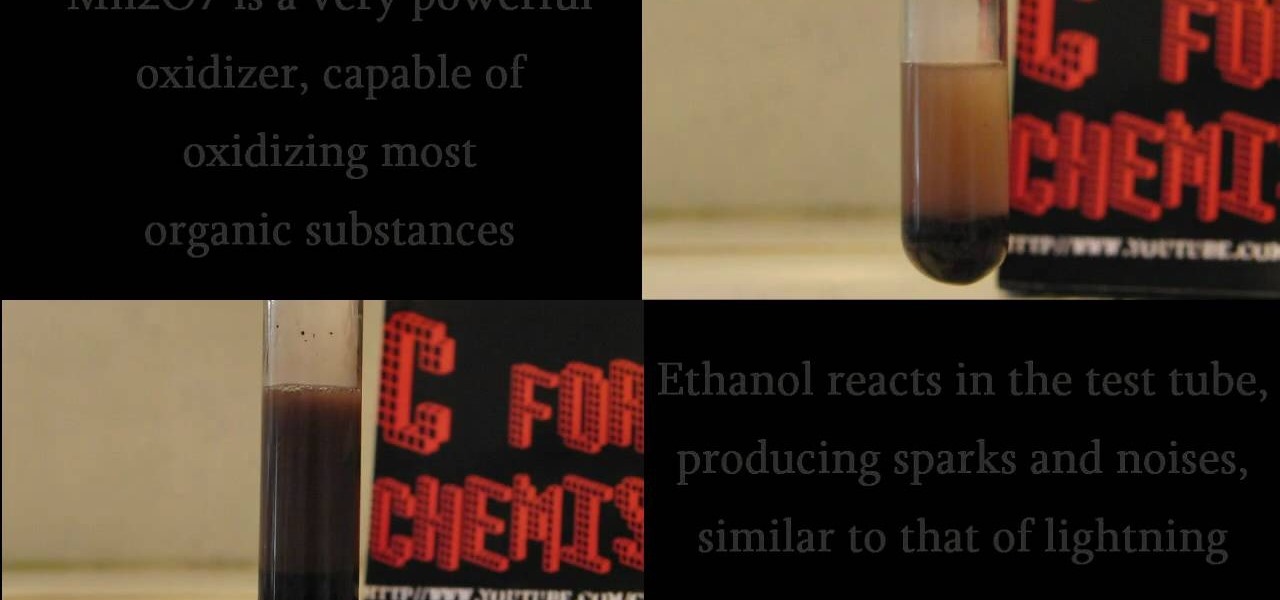
How To: Make thunder in a test tube with ethanol & acetone
C For Chemistry delves into the chemistry of science experiments. This chemist knows what he's talking about. These chemistry experiments are not only fun, but very educational for all of those interested in scientific chemical reactions and properties.
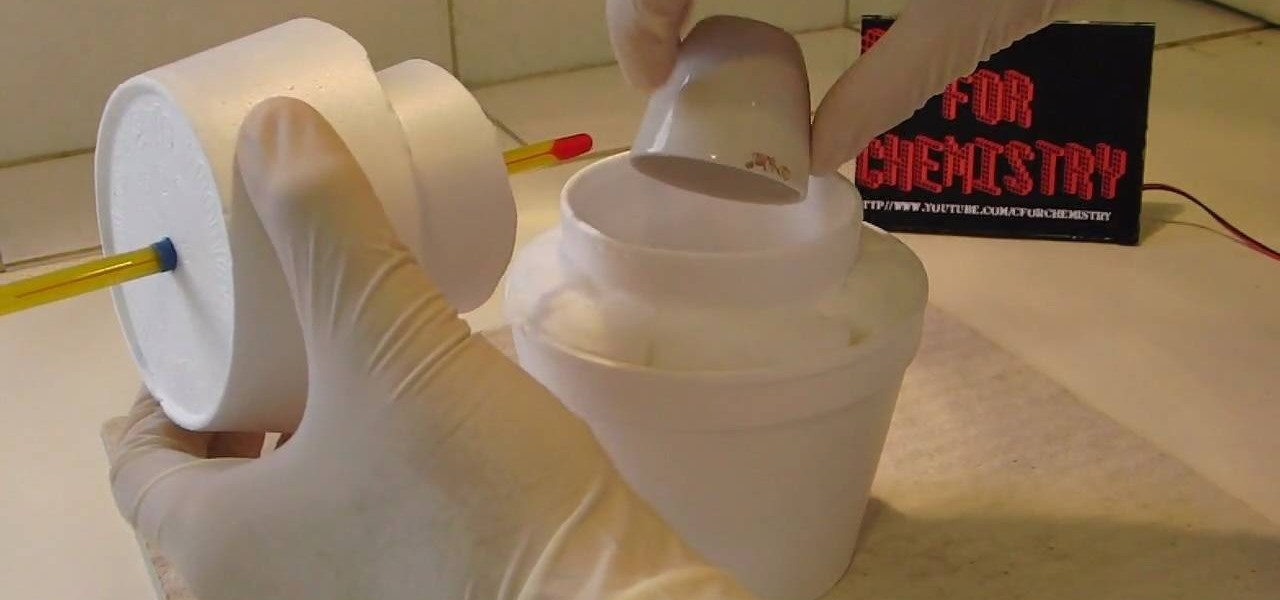
How To: Determine enthalpy in the hydration of MgSO4
C For Chemistry delves into the chemistry of science experiments. This chemist knows what he's talking about. These chemistry experiments are not only fun, but very educational for all of those interested in scientific chemical reactions and properties.
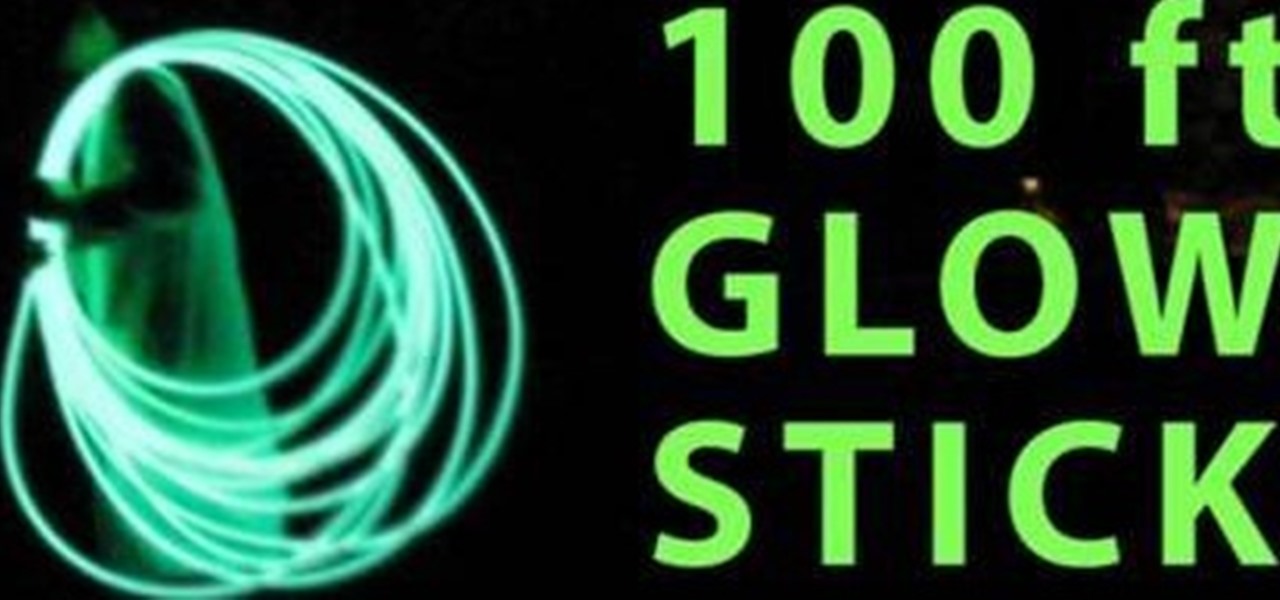
How To: Make a 100 foot glow stick with Dr. Lithium
Watch this science video tutorial from Nurd Rage on how to make a 100 foot glow stick with Dr. Lithium.

How To: Make Hot Ice (Sodium Acetate) Using Baking Soda & Vinegar
Watch this science video tutorial from Nurd Rage on how to make hot ice with Dr. Lithium. This is the complete guide to making hot ice, more correctly called sodium acetate. See how to create it, fix it, and use it. All methods from baking soda and vinegar to laboratory synthesis are shown.
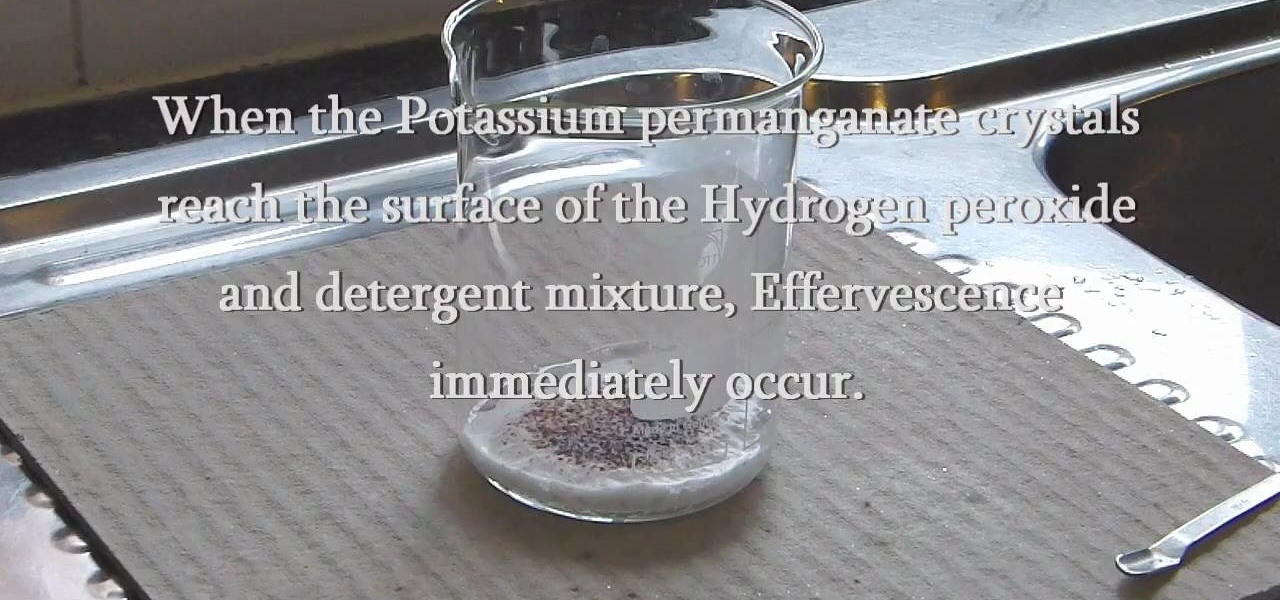
How To: Make "instant cappuccino" with permanganate
C For Chemistry delves into the chemistry of science experiments. This chemist knows what he's talking about. These chemistry experiments are not only fun, but very educational for all of those interested in scientific chemical reactions and properties.
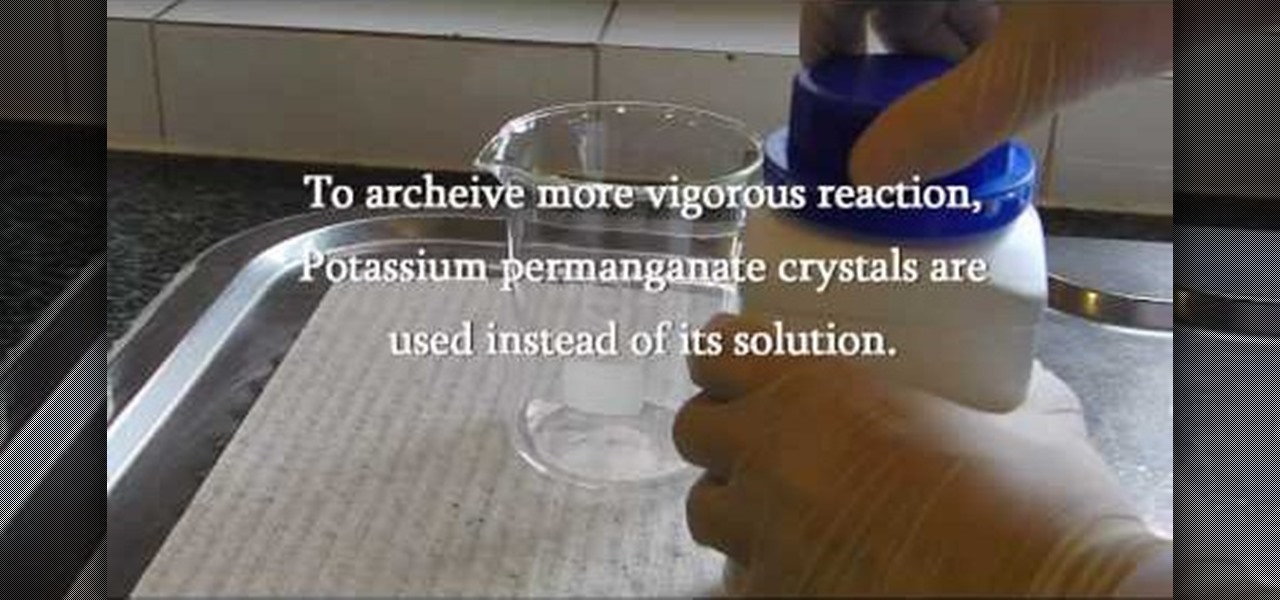
How To: Make "elephant toothpaste" with hydrogen peroxide
C For Chemistry delves into the chemistry of science experiments. This chemist knows what he's talking about. These chemistry experiments are not only fun, but very educational for all of those interested in scientific chemical reactions and properties.

How To: Make a "Volcano" Experiment with Ammonium dichromate
C For Chemistry delves into the chemistry of science experiments. This chemist knows what he's talking about. These chemistry experiments are not only fun, but very educational for all of those interested in scientific chemical reactions and properties.
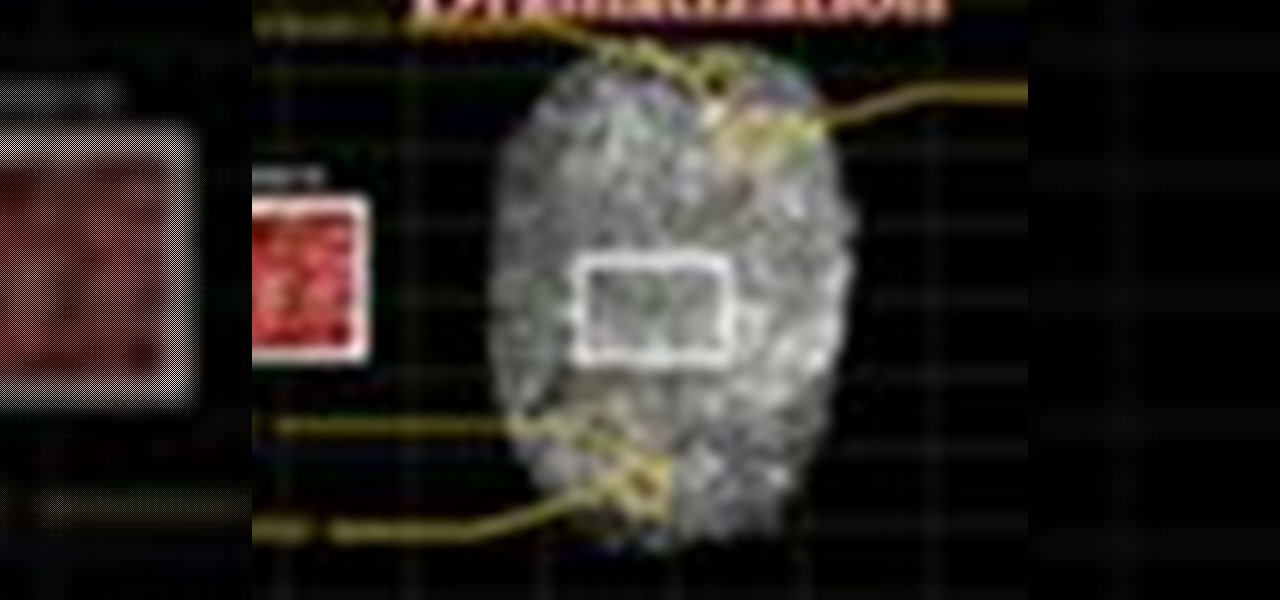
How To: Dust for fingerprints
Ever wanted to find out who stole the cookie from the cookie jar? Take a page from crime scene investigators and get the proof you need.
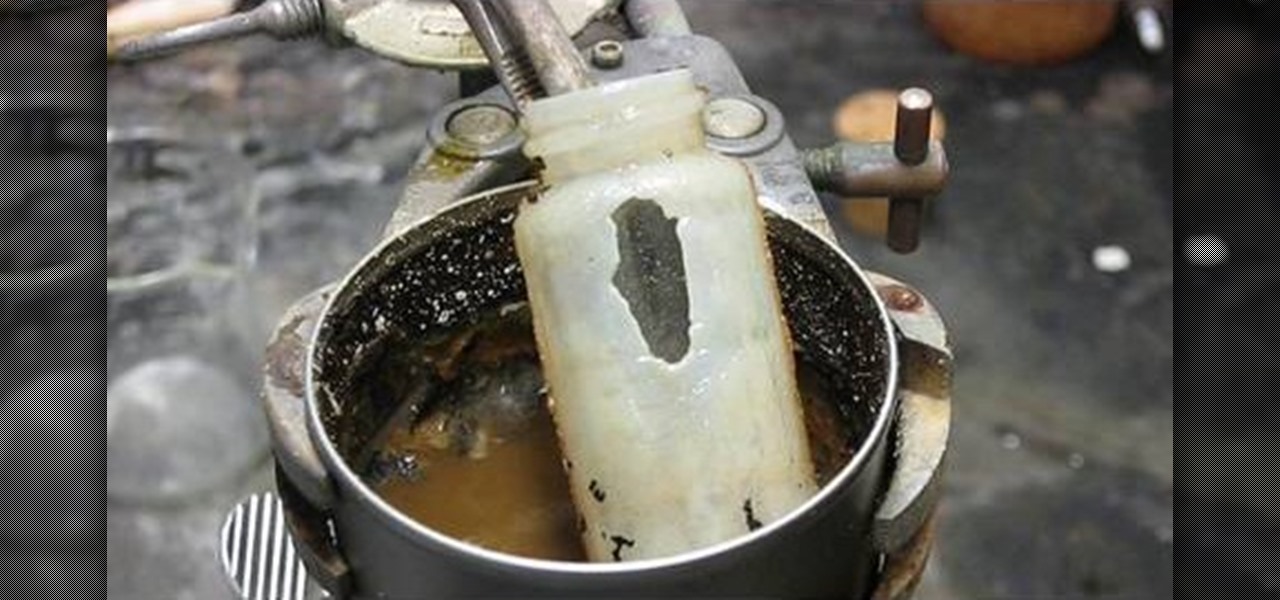
How To: Dissolve glass with drain cleaner
Watch this science video tutorial from Nurd Rage on how to dissolve glass with drain cleaner. They show you how to dissolve that glass with sodium hydroxide (drain cleaner).
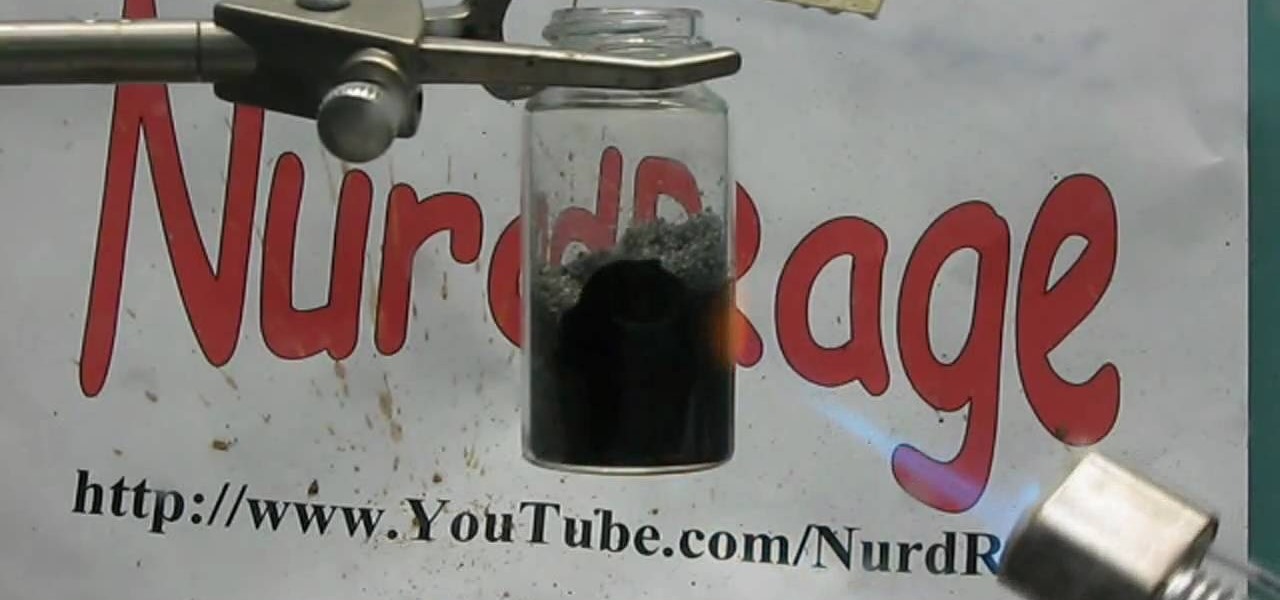
How To: Make potassium permanganate with Dr. Lithium
Watch this science video tutorial from Nurd Rage on how to make potassium permanganate with Dr. Lithium with potassium nitrate and manganese dioxide.
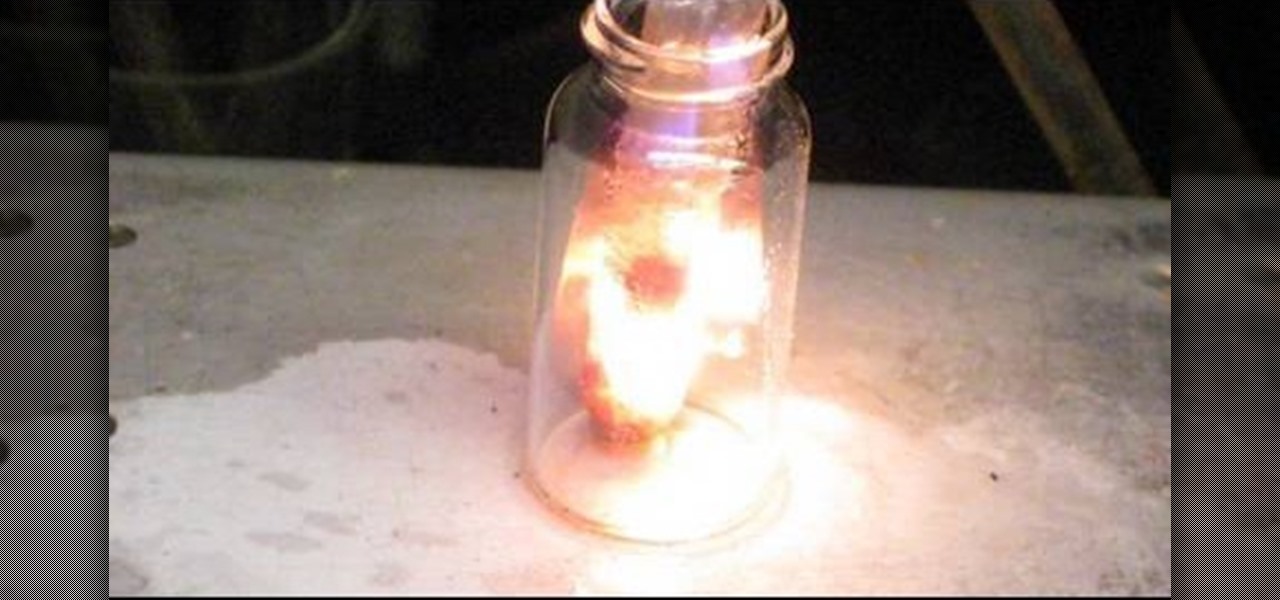
How To: Make a test tube thunderstorm
Watch this science video tutorial from Nurd Rage on how to make a test tube thunderstorm. They show you how to make the thunderstorm in a test tube using alcohol, sulfuric acid and potassium permanganate.
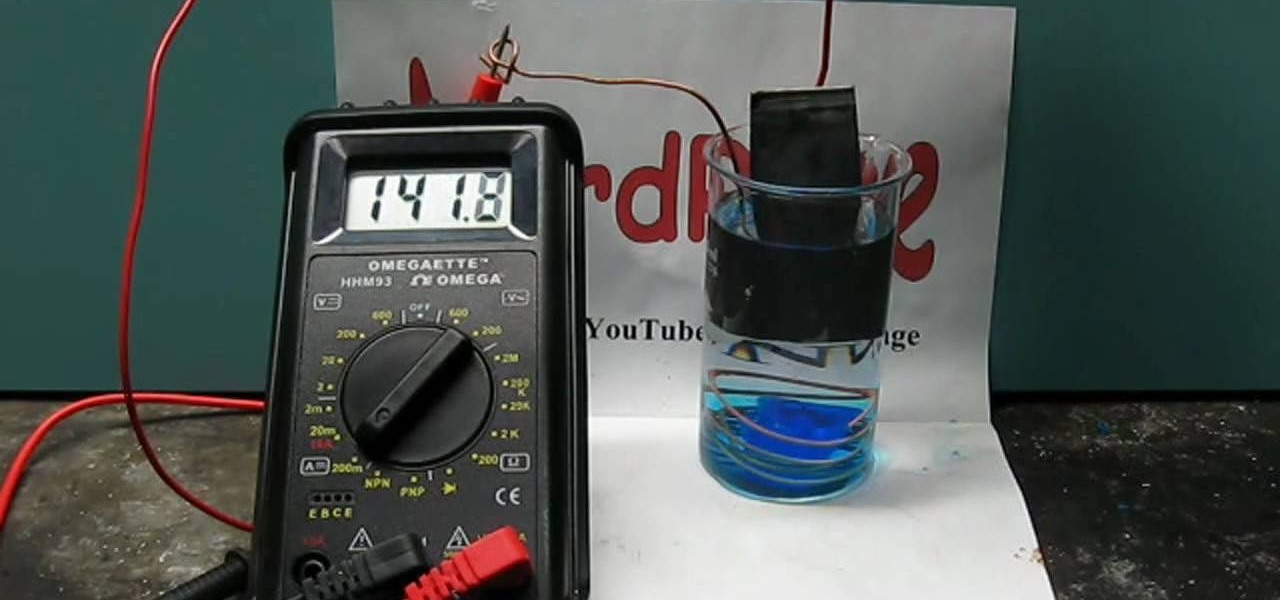
How To: Make copper sulfate and zinc batteries
Watch this science video tutorial from Nurd Rage on how to make copper sulfate and zinc batteries. They show you how to make the classic copper sulfate and zinc battery using the incredibly easy "gravity" battery design approach. Great for science fairs and similar projects this battery can be used to explore many basic concepts in batteries.

How To: Make electricity from copper, zinc and water
Check out this kitchen table science experiment on how to make electricity from copper, zinc and water. You can make your own battery to power a small LED light from just nails, copper wire and water.



